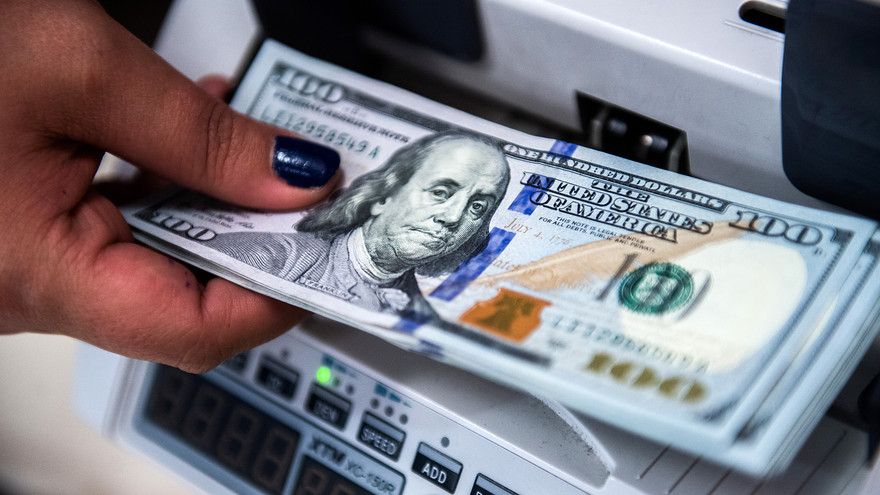The dollar held near a two-week high on Monday, shrugging off concerns about weakening global growth and data showing China’s economy slowed sharply in 2018.
The greenback has enjoyed its first weekly gain since mid-December, buoyed by hopes for a thaw in U.S.-China trade tensions and stronger-than-expected U.S. industrial production numbers.
Going into 2019, weakness in the dollar was a consensus view among currency market traders. The bet was that the U.S. central bank would stop raising interest rates and the economy would slow after a fiscal boost last year.
The dollar index, which measures its strength against a group of six major currencies, on Monday was steady at 96.308 after climbing to 96.260 percent on Friday, its strongest since Jan. 4.
“The U.S. dollar is currently benefitting from its role as safe currency haven,” said Esther Maria Reichelt, an FX strategist at Commerzbank in Frankfurt
“The Federal Reserve could cushion a weaker economy with monetary policy measures… protecting the U.S. quite well from weakening global growth and making the dollar the currency of choice,” she added.
U.S.-China trade friction has put pressure on China’s economy, with the latest data showing the world’s second-biggest economy slowing further in the last quarter of 2018. Markets appeared to take the outcome, largely in line with expectations, in their stride.
The euro nudged up 0.2 percent to $1.1376 and was headed for its first daily gain in over a week but remained in close reach of a two-week low of $1.1353 brushed on Friday.
The pound was 0.1 percent lower at $1.2860.
British Prime Minister Theresa May will on Monday put forward a motion on her proposed next steps. Over the following week, lawmakers will be able to propose alternatives. They will debate these plans on Jan. 29, and voting on them should indicate whether any could get majority support.
European shares stumble after weak Chinese GDP data
The Australian dollar was steady at $0.7166 after ending Friday on a loss of 0.3 percent.
The Aussie was largely unfazed by China’s growth numbers though analysts agree that any sharp drop in demand from its biggest trading partner would put a dent in local assets.














